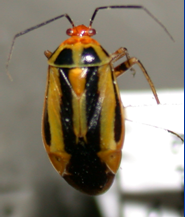
Carla Staab*, Milwaukee Area Technical College, and Phil Pellitteri, UW Insect Diagnostic Lab ompleted as partial fulfillment of the requirements for an associate degree in Horticulture at the Milwaukee Area Technical College.
Revised: 4/27/2004
Item number: XHT1101
The adult four-lined plant bug (Poecalocapsus linectus) is a 1∕2 inch long, yellowish to yellowish-green true bug with four longitudinal black lines down the wing covers and black antennae. This plant bug looks somewhat like a striped cucumber beetle. Nymphs of the insect are wingless and bright yellow to red with rows of black spots on the abdomen. Older nymphs are yellowish-green with a yellow stripe on each wing pad.
Plants Attacked and Damage: Both adults and nymphs have piercing-sucking mouthparts and attack a wide variety of annuals, herbaceous perennials, woody shrubs, vegetables, and herbs including dogwood, forsythia, honeysuckle, hydrangea, viburnum, weigela, coreopsis, dahlia, mint, basil, morning glory, mums, lettuce and zinnia. On some hosts, feeding causes curling, distortion, or browning. On most plants feeding damage causes black or translucent, circular spots (about 1∕16 inch in diameter) giving the plants a diseased appearance. Dead plant tissue may drop, leaving a ‘shot hole’ similar to some leaf spot diseases. When disturbed, plant bugs drop quickly to the ground and hide under foliage. Therefore, you may not actually see plant bugs causing plant damage. Damage is mainly cosmetic, but can be a concern on herbs and flowering plants.
Life Cycle: Four-lined plant bugs overwinter as eggs. Eggs hatch shortly after foliage appears in late April or early May, and nymphs begin feeding on the undersides of leaves. Nymphs feed for about thirty days and do most of the damage because they are relatively immobile compared to adults. Adults feed for about a month and then mate. Females cut slits lengthwise into the stems of woody or herbaceous plants and deposit one half dozen or more eggs into each slit. There is one generation per year.
Control: Begin monitoring plants by mid-May for signs of plant bug feeding. Hand picking can be effective if your eye and hand are faster than the plant bugs. Insecticidal soap can be used on edible plants and ornamentals. In addition, most garden insecticides are effective. In the fall, after the leaves drop, egg-containing slits can be easily seen on trees and shrubs, and these branches can be pruned out.
For more information on four-lined plant bug: Contact your county Extension agent.
Additional Images
Download Article

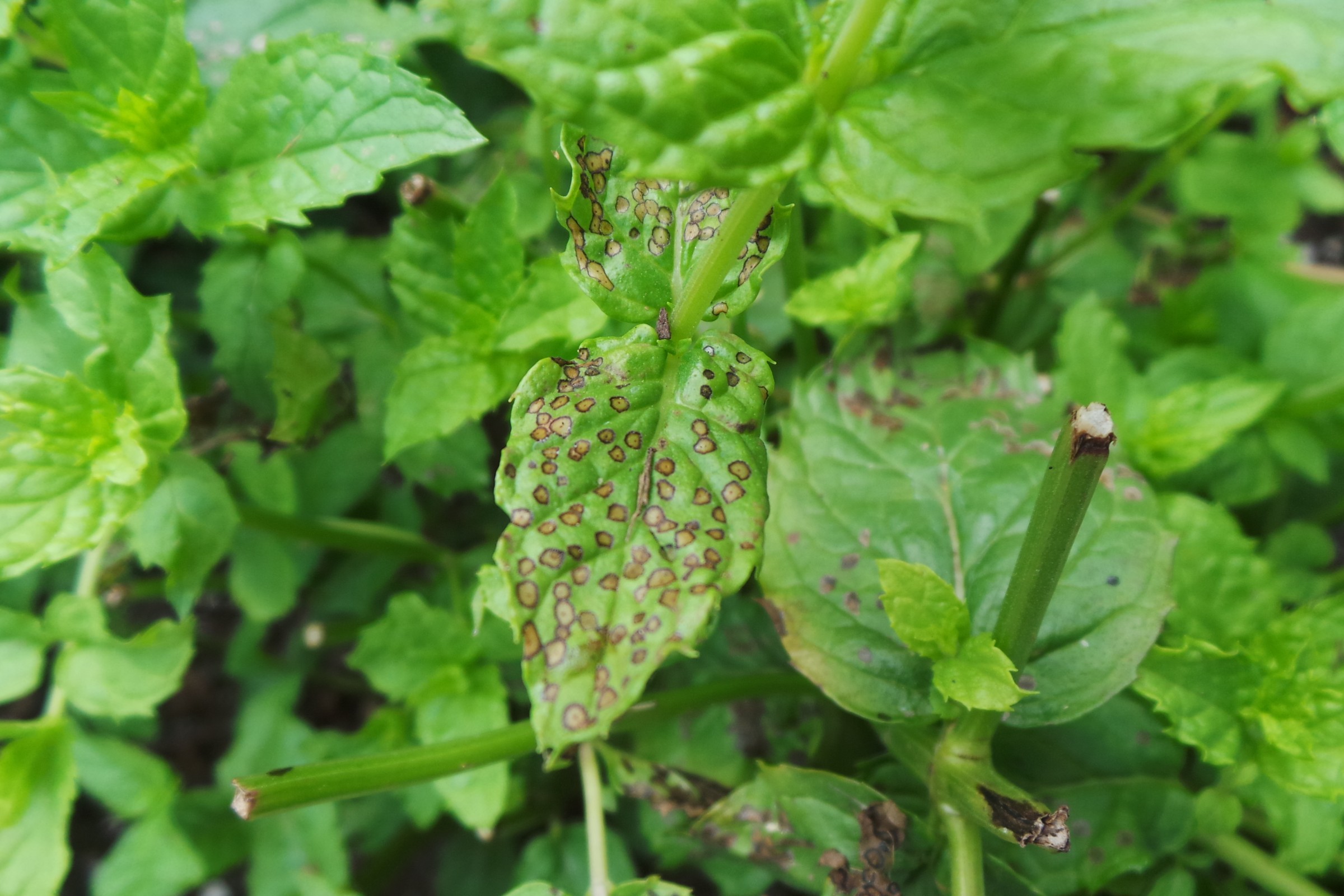
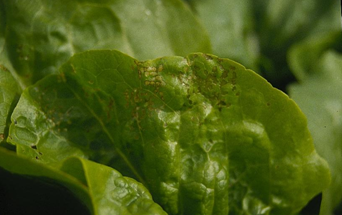




 Aphids
Aphids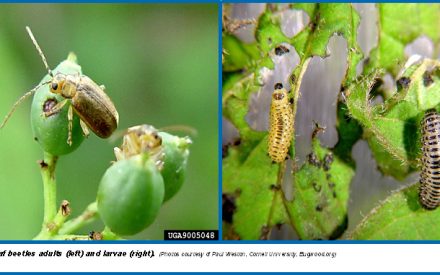 Viburnum Leaf Beetle
Viburnum Leaf Beetle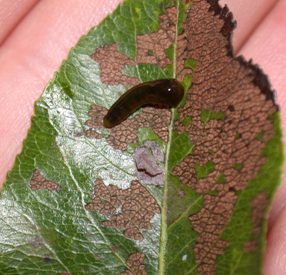 Pear Slug (Pear Sawfly)
Pear Slug (Pear Sawfly)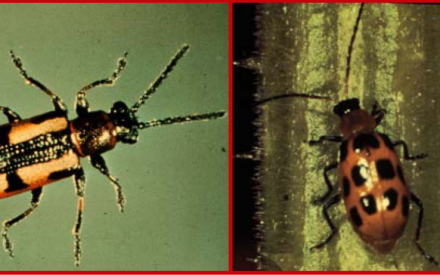 Asparagus Beetle
Asparagus Beetle


